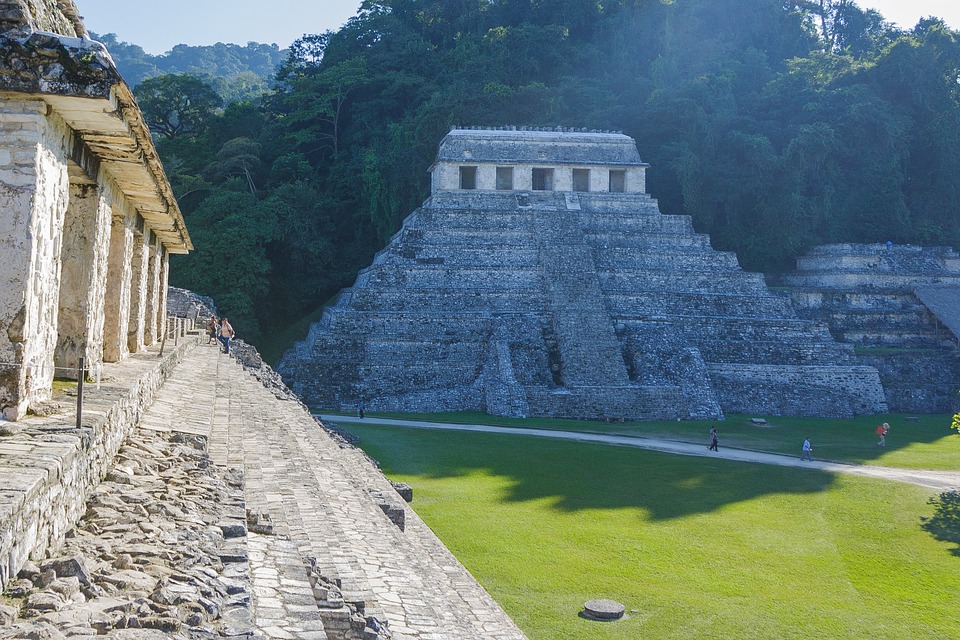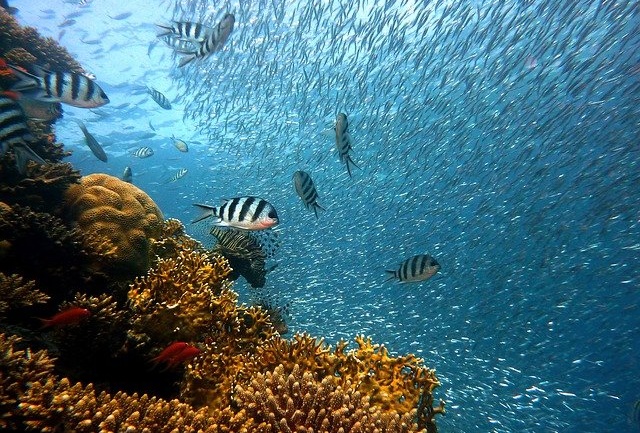By En Qi Teo, Staff Researcher & Writer at Save The Water™ | November 24, 2020
Human societies have made enormous technological leaps, especially in the 21st century. Because of the technological prowess of the modern age, when we think of ancient civilizations, we don’t often marvel at the sophistication of their technology. However, scientists recently discovered that the ancient Maya used a water filtration system so effective that it could still be adopted today.
Ancient Water Filtration Systems
Water is essential to supporting life. In fact, ancient civilizations developed their own methods of coping with the water needs of their communities. Before 500 BC, humans had already begun using natural mineral resources for water purification and had pioneered distillation as a water filtration technique. Scientists have found that in India people crushed seeds from the Moringa tree to reduce the cloudiness of water. This method was found to be effective in reducing bacteria in water by over 90 percent.
Why should we be concerned about ancient water filtration systems? Simply stated, today we need to meet the urgent clean water needs of disadvantaged populations. In 2019, UNICEF and WHO estimated that 1 in 3 people don’t have access to clean drinking water. While many cities have advanced water filtration technologies and can use methods like adding chemicals such as chlorine to disinfect water, the developing world may find these technologies prohibitively costly. Therefore, scientists look to ancient water filtration techniques for guidance as to how water may be purified through more natural and less expensive methods. As a result of these efforts, clean drinking water may be provided to more people.
The Discovery of a Water Filtration System in Tikal
The ancient city of Tikal is situated in modern-day Guatemala. Recently, an excavation uncovered how this Mayan city purified water to meet their drinking needs. Before this, the scientists explain that some people believed that the Mayans didn’t have any formal water filtration systems from a lack of data. Comparatively, documented evidence showed how societies in Egypt, Greece, and South Asia obtained clean drinking water through using sand, gravel, plant, and cloth filtration systems. Also, it has been found that ancient societies in North America used distillation to filter contaminants from spring water.
Previously, scientists conducted excavations in single test pits in only a few dozen of the ancient Mayan reservoirs. Despite this, the excavation in Tikal explored one of the largest storage facilities of Mayan drinking water. This led to discovering the oldest water filtration system in the Western hemisphere, which is also believed to be the most advanced among ancient civilizations.
How Did the Ancient City of Tikal Filter Water?
Tikal is one of the great cities of the Mayan civilization. Many frequently refer to Tikal as the capital of ancient Maya. Although Tikal is not situated near any large water bodies, it contains a large human population of about 60,000 people. As a result, the Mayans had to develop a system of reservoirs around the city to meet the city’s water needs. Scientists discovered a quartz and zeolite filter at one end of one of these reservoirs, called Corriental. Quartz acts as a sieve to filter out pollutants in water. Zeolite is a naturally occurring volcanic mineral. Because of its high pore density, Zeolite also absorbs particles in water. The combination of crystalline quartz and zeolite would have effectively purified the water in the Corriental reservoir from harmful blue-green algae, microbes, and other toxins. These toxins threaten water today.
What are the Next Steps After This Scientific Discovery?
The scientists involved in research on the water filtration system applied in the Corriental reservoir intend to continue to look for evidence that this system was also used in other Maya sites. As zeolite is not a mineral naturally found in the city of Tikal, the Mayans likely brought it back after they had observed its effectiveness in water filtration. This may mean that Mayans in other sites had similarly adopted this technology.





